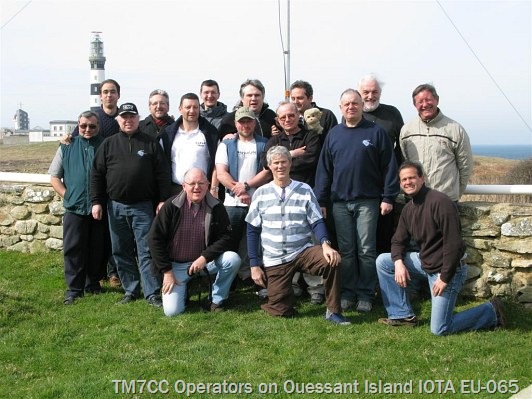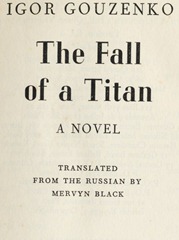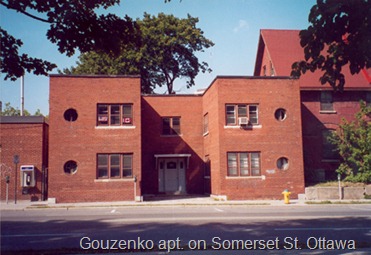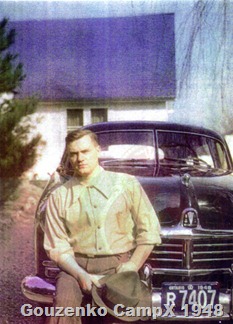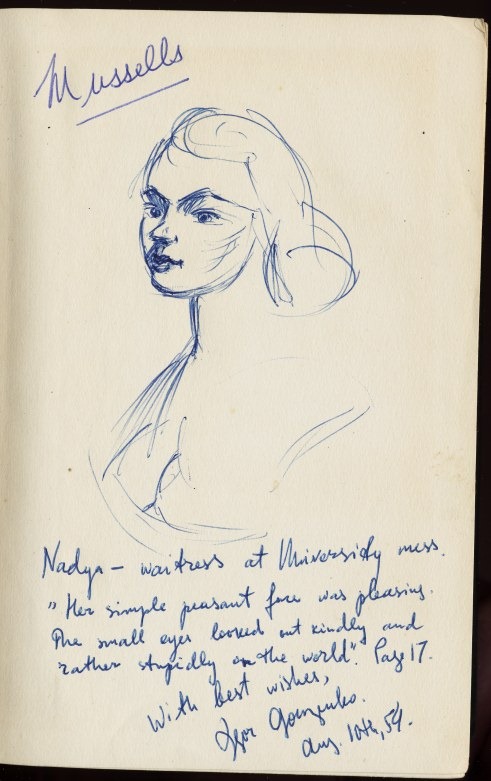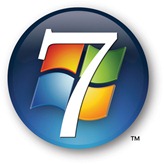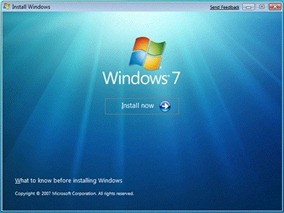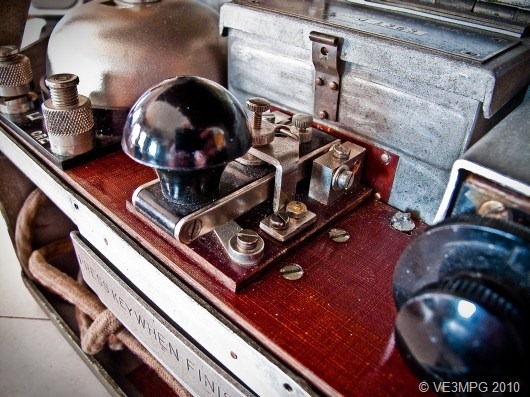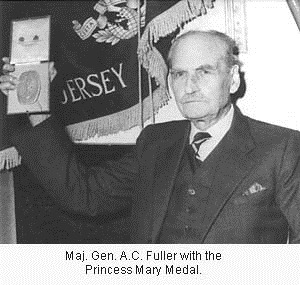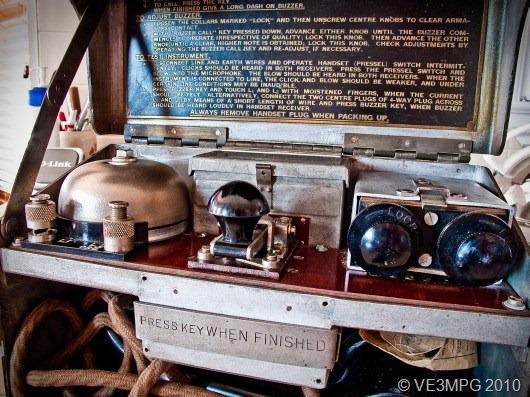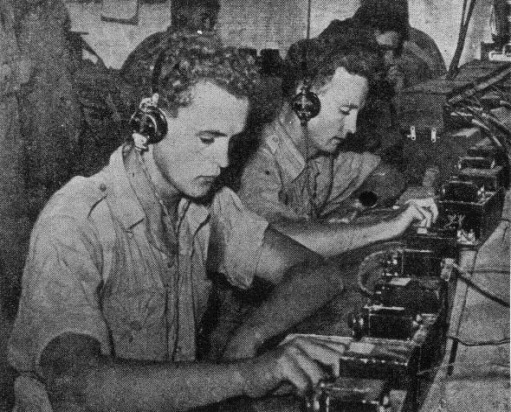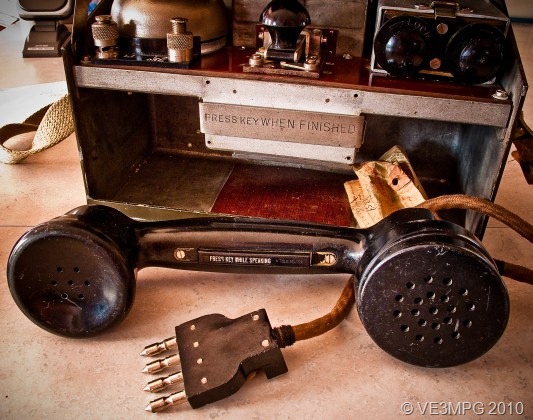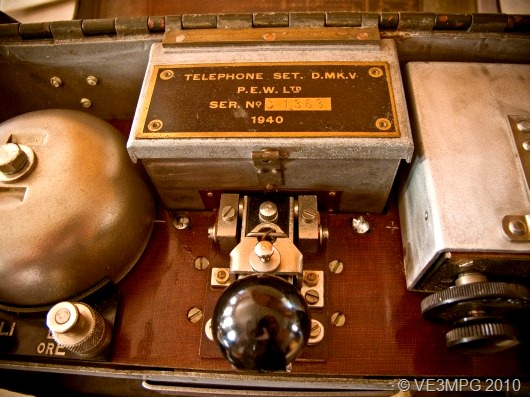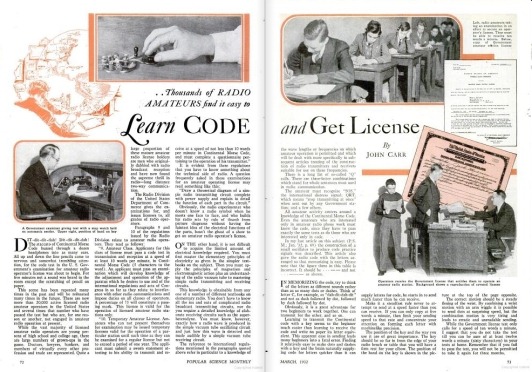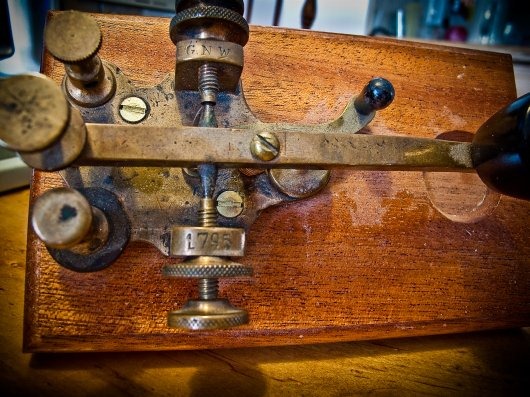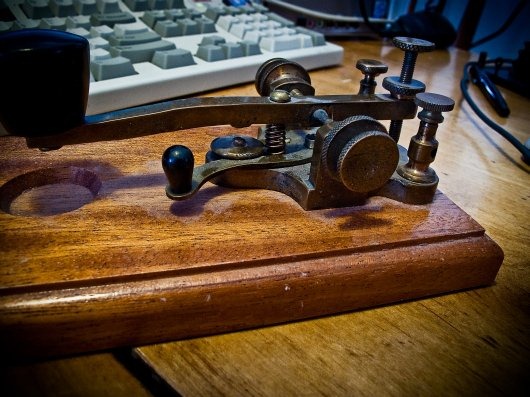Spent half the day yesterday dusting off my venerable TS-520S. I acquired this almost 45 lb. (20.5 Kilos) radio a couple of years ago from an on and off short wave listener. It was in pristine condition, had never transmitted and it was stock – no filters of any kind. I spent time taking both covers off checking for leaking or bloated capacitors and had anticipated blowing dust out of it. The interior was in factory condition and I just used canned air to blow out the cooling fan area from mostly accumulated light dust of 30 years. There are no scratches anywhere on the covers, and the plastic bezel is blemish free too. I checked all the boards for tightness and got it put back together after well over two hours of eyeballing most of the components for defects. I had the radio connected and on the air the day I brought it home so I knew it all worked just fine – a testament to the quality and durability of Kenwood ham equipment designed over 30 years ago.
A good coat of car polish on the covers finished the job – I use Nu Finish liquid wax and it makes the radio look out-of-the-box new. Any good car wax will work and I’ve always done this to radios that have a smooth finish like the old line Kenwood gear. The Nu Finish was goes on very easy – and no rubbing – it does a superb job and lasts a long time. The wax is available at Canadian Tire or local WalMarts.
This long weekend will give me the opportunity to get the radio on the air – on 40 meters phone and work some of the local nets. Eventually I’d like to get a CW filter for it and use it exclusively on morse code.
Some great links:
Kenwood Hybrid Transceiver Sales, Restoration & Service
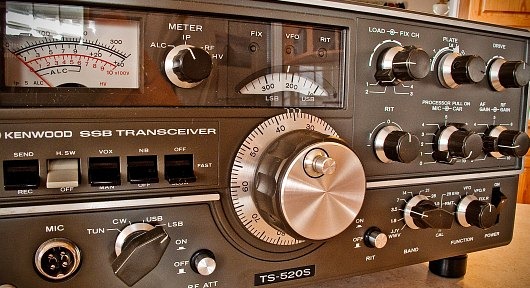
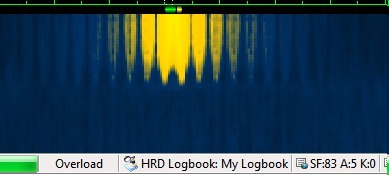
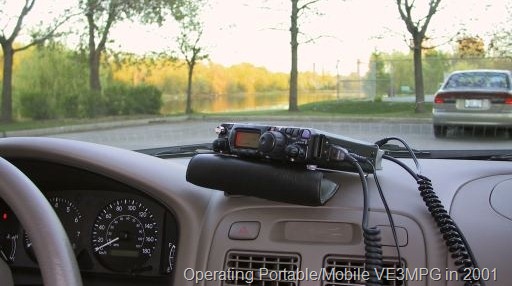
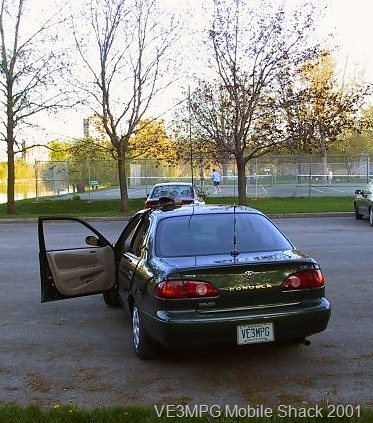
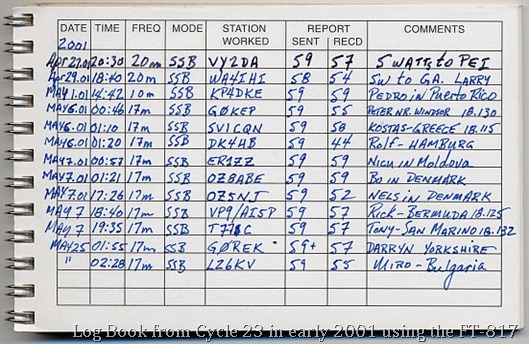
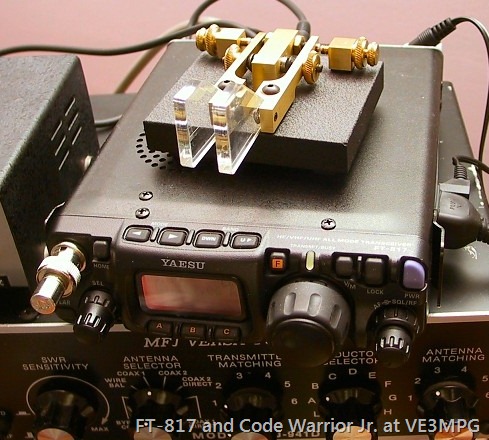

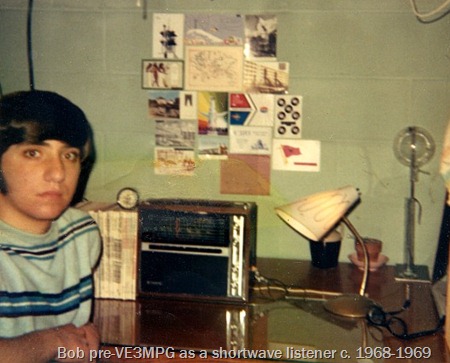
 They sent a huge package, Mao’s Little Red Book and a poster of Mao Tse-tung – it was plastered inside my high school locker for a spell. Don’t know what happened to the Red Book. Dad always said that the RCMP had me on a watch list after receiving that package. I had neat QSL cards from WWV, Radio Cairo, Radio Japan, a station from Bonaire in the Dutch Antilles.
They sent a huge package, Mao’s Little Red Book and a poster of Mao Tse-tung – it was plastered inside my high school locker for a spell. Don’t know what happened to the Red Book. Dad always said that the RCMP had me on a watch list after receiving that package. I had neat QSL cards from WWV, Radio Cairo, Radio Japan, a station from Bonaire in the Dutch Antilles.